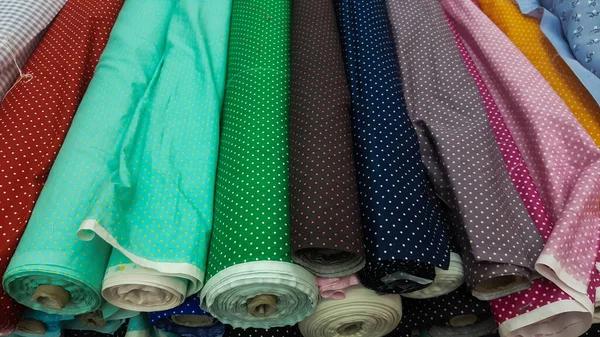The advent of technology has significantly impacted various sectors, including the fashion industry. One of the most promising trends emerging in this space is the use of 4D textiles. This revolutionary concept promises to redefine our understanding and experience with clothing and fabrics, positioning itself as a game-changer for future fashion trends.
4D textiles refer datahongkongpools.com to materials designed using advanced computational algorithms that allow them to change shape or properties over time in response to environmental stimuli such as light, heat, or moisture. Essentially, these are ‘smart’ fabrics capable of transforming according to specific conditions or triggers.
The potential applications for 4D textiles within the fashion industry are vast and exciting. Imagine wearing a garment that can adapt its form based on your body temperature, activity level, or even mood? Such possibilities could revolutionize not just how we dress but also how we interact with our clothing.
One key area where 4D textiles could make a significant impact is in performance wear. Athletes often require different types of auntiepastoskunia.com clothing depending officialluxgroup.com on their activity levels – something warm for idle times and cool during intense workouts. With traditional fabrics, this requires multiple outfit changes throughout their routine. However, with 4D textiles that can adjust psychiclegits.com according to body temperature and sweat production levels, athletes would only need one outfit that adapts as needed.
Another intriguing prospect lies in personalized fashion experiences. As these smart fabrics become more sophisticated, they may be able to respond directly to individual wearer’s preferences – adjusting color based on mood or changing shape for comfort at different times of day.
Moreover, there is an ecological aspect tied into this development too. The fast-fashion culture prevalent today contributes massively towards environmental degradation due largely because clothes are worn only a few times before being discarded – leading to waste accumulation and resource depletion. By creating garments from materials like coachrockapparel.com 4D textiles that adapt according to user needs and preferences over time could potentially extend their lifespan substantially – trustland-senegal.com contributing towards sustainability efforts within the industry.
However, the widespread adoption of 4D textiles still faces significant challenges. These include high production costs, lack of awareness and understanding about their benefits, and technical issues related to durability and care requirements. But as research progresses and technology advances, these hurdles are likely to be overcome.
In conclusion, the use of 4D textiles in future fashion trends presents an exciting intersection between technology and design. It promises a new era where clothing is not just a passive layer but an active participant in niralatimes.com our daily lives – responding, adapting, and evolving with us. As we thebusinesspot.com continue to explore this innovative frontier, it’s clear that the way we approach fashion will never be the same again.

